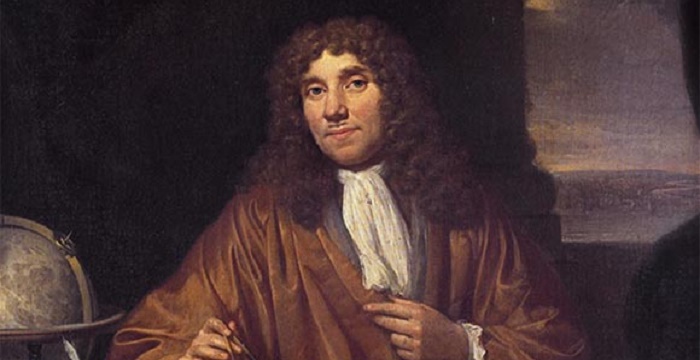The draper's name was Antoni van Leeuwenhoek. Though he had little formal education and no background in science, he was a perceptive and dedicated observer and a technical genius.

To this day it is not known how he got such magnificent magnifications from simple handheld devices, which were little more than modest wooden dowels with a tiny bubble of glass embedded in them, far more like magnifying glasses than what most of us think of as microscopes, but really not much like either. Leeuwenhoek made a new instrument for every experiment he performed and was extremely secretive about his techniques, though he did sometimes offer tips to the British on how they might improve their resolutions. Leeuwenhoek was close friends with another Delft notable, the artist Jan Vermeer. In the mid-1660s, Vermeer, who previously had been a competent but not outstanding artist, suddenly developed the mastery of light and perspective for which he has been celebrated ever since. Though it has never been proved, it has long been suspected that he used a camera obscura, a device for projecting images onto a flat surface through a lens. No such device was listed among Vermeer's personal effects after his death, but it happens that the executor of Vermeer's estate was none other than Antoni van Leeuwenhoek, the most secretive lens-maker of his day.












